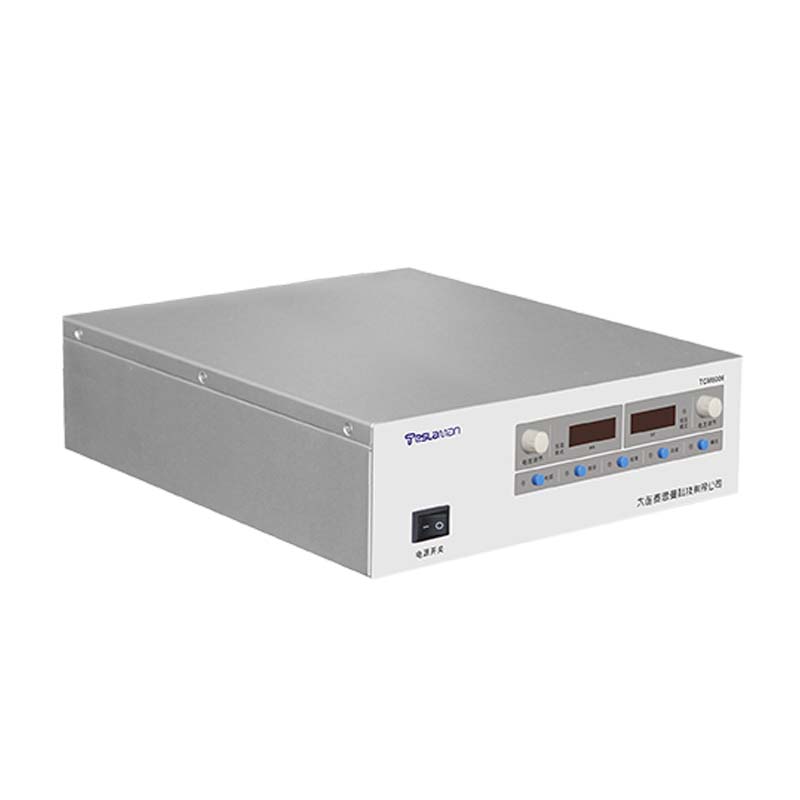Cooling Technologies for Laser High-Voltage Power Supplies: Thermal Management Strategies and System Design
As the core energy conversion unit of laser systems, high-voltage power supplies generate significant heat due to energy conversion losses, directly impacting laser output stability and lifespan. Efficient cooling technologies are critical for reliable operation, requiring comprehensive selection based on power rating, application scenarios, and structural design.
I. Classification and Selection of Cooling Technologies
1. Forced Air Cooling
Applications: Medium-to-low power supplies (≤3 kW), e.g., portable laser equipment.
Principle: Fans accelerate airflow to dissipate heat. Efficiency depends on airflow design and heatsink surface area.
Advantages: Simple structure, low cost, easy maintenance; advanced designs (e.g., polygonal prism structures) improve efficiency by >30%.
Limitations: Efficiency drops sharply in high-temperature environments, with notable noise.
2. Liquid Cooling (Water/Oil)
Applications: High-power supplies (>3 kW), e.g., industrial cutting and medical devices.
Principle: Water cooling uses deionized water to absorb heat via a heat exchanger; oil cooling leverages insulating oil for both thermal conduction and electrical insulation.
Advantages:
Water: High specific heat capacity (4.18 kJ/kg·K), 5× more efficient than air cooling, ±0.5°C precision;
Oil: Prevents electrical breakdown in high-voltage environments.
Limitations: Requires pumps/heat exchangers, increasing system complexity and leakage risks.
3. Phase-Change and Heat Pipe Technologies
Innovations:
Heat Pipes: Utilize phase change (liquid⇌vapor) for thermal conductivity 100× higher than copper;
Microchannel Cooling: Micro-scale channels direct coolant to heat sources, improving efficiency by 40%;
Thermoelectric Coolers (TEC): Precise Peltier-effect-based cooling, suitable for critical components despite higher energy use.
II. Core Challenges in Cooling System Design
1. Balancing Compactness and Heat Dissipation
Miniaturization demands optimized component layout (e.g., SMD capacitors) and integrated cooling (e.g., embedded heat pipes).
Modular designs isolate heat-generating units for targeted cooling.
2. Intelligent Thermal Management
Temperature sensors (e.g., thermocouples) enable real-time monitoring and dynamic cooling adjustment (e.g., variable-speed pumps/fans).
Smart controls extend power supply lifespan by 20%.
3. Environmental Adaptability
High temperatures: Radiation-enhancing coatings (emissivity >0.9) improve chassis dissipation;
High humidity: Sealed liquid/oil cooling prevents condensation.
III. Emerging Trends: Hybrid Technologies and Material Innovations
Phase-Change Materials (PCM): E.g., paraffin composites absorb latent heat to buffer temperature fluctuations;
Turbulence-Enhanced Heat Transfer: High-velocity turbulent flow (>5 m/s) thins thermal boundary layers, enabling 3 kW thin-disk laser operation;
Lightweight Coolants: Fluorinated fluids replace water, reducing maintenance costs by 30% while offering insulation and chemical inertness.
IV. Conclusion
Cooling technologies for laser high-voltage power supplies are evolving toward higher efficiency, intelligence, and integration. Future advancements will focus on thermo-electro-mechanical co-design, such as quantum cooling materials and nanofluids, to overcome current power density limitations.




















